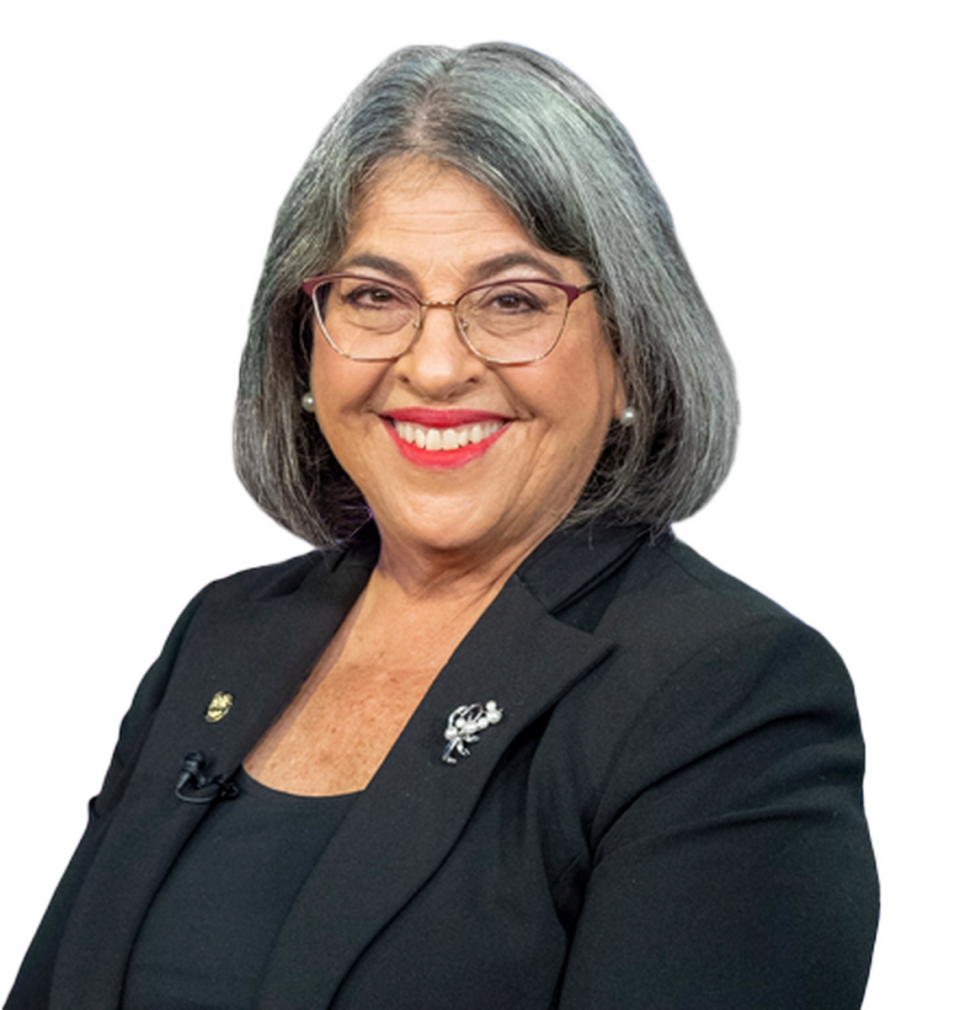Better Bus Network gives Miami-Dade riders more frequency, more rides, more reliability | Opinion
- Oops!Something went wrong.Please try again later.
On Nov. 13, Miami-Dade County will see the biggest transformation of our public transit system in more than 35 years. The Better Bus Network (BBN) is a community-led redesign of the county’s bus system, making service more frequent and reliable to better serve riders and the community.
This project began in 2018 with the leadership of Transit Alliance Miami (TAM), which assembled funding for critical planning and community engagement work. TAM launched a four-year collaborative effort of commuters, operators, the community and Miami-Dade County, leading more than 5,000 in-person engagements, 130 events, collecting more than 7,000 survey responses, and 1,700 text conversations with riders.
Then, of course, came the pandemic.
The bus map was forced to change yet again, to better reflect new rider demand and an ever-changing workforce. In July of this year, we rolled out Phase One of the improvements. And now, on Nov. 13, we’re finally ready to launch your new network.
Transportation is the No. 1 barrier to employment in the United States. With this redesign, riders will find travel time is significantly improved, which is essential to good public transit. The new network dramatically expands the frequent network — the routes that run every 15 minutes or less all day. The number of frequent routes is increasing from five to 19, forming a grid of frequent lines covering much of Miami, Miami Beach and the cities to the north — as well as along the South Dade TransitWay to Homestead and Florida City. The county’s two busiest lines — Flagler Street to Florida International University and Collins Avenue along the beach — will have service every 10 minutes and eight minutes respectively.
Thanks to the new BBN, more than half a million residents will be able to reach at least 20,000 more jobs by transit in 45 minutes or less on weekdays. The BBN brings 150,000 more jobs within walking distance of frequent transit service, increasing jobs near frequent service from 326,000 (29%) to 478,000 (43%) on weekdays. And two-thirds of low-income residents will be able to reach at least 1,000 more jobs by transit within 60 minutes on Saturdays. That’s over half a million Miami-Dade residents with better access to jobs on Saturdays, a boost not only for our buses but also for our economy. When the next bus is only a few minutes away, we connect residents to more than just their destination — we connect them to greater opportunity.
But this network isn’t just for our super riders; it’s for new riders and curious commuters, too. That’s why we are introducing free fares across all Miami-Dade transit modes from Nov. 13 through December 31.
Temporary free fares have been successfully used during similar bus redesigns in Baltimore, Houston, Richmond and Cleveland, to name a few cities. They help ease the transition to the new network for riders, who don’t need to worry about paying two fares if they accidentally board the wrong bus. But they also ease the transition for bus operators, who can focus on mastering their new routes instead of collecting fares. Operators are a critical part of the countywide transit network, and their feedback is essential to a more reliable bus system. We’ll be collecting their input regularly throughout the rollout and hosting operator forums in December to ensure we can incorporate their voices.
And free fares invite new riders to try our transit system, taking cars off the road — just in time for the busy holiday season! Thinking about shopping at Brickell City Centre? Take the Metromover. Need to stop for snacks ahead of your holiday party? Metrobus can get you there. Or are you heading to MIA for Thanksgiving travel? Take Metrorail straight to the airport on the Orange Line. There’s never been a better time to give public transit a try.
Regular riders can familiarize themselves with all the Metrobus changes by visiting the miamidade.gov/BetterBus. You might meet some Transit Alliance ambassadors or Miami-Dade transit employees at the bus stop. For weeks, our BBN team has been stationed at major hubs to assist riders as they learn about the new network.
Our residents deserve a modern, efficient and reliable bus system. The current Metrobus system has not been updated in decades, while our community has grown and changed enormously during that time. With the Better Bus Network, we’re delivering a truly improved transit system, one that is more reliable, more frequent and takes our riders to the places they want to go.
Daniella Levine Cava is Miami-Dade County mayor.


